Shoes Packing

What are some clever travel packing hacks for saving space ?
Traveling can be an exciting adventure, but packing your belongings can sometimes feel like a daunting task. However, with some clever packing hacks, you can maximize the space in your suitcase or backpack and avoid overpacking. Here are some tips to help you save space while packing: - Roll Your Clothes: Instead of folding your clothes, roll them up tightly. This not only saves space but also helps prevent wrinkles. You can even roll multiple items together, such as a shirt and its corresponding undergarments, to keep them organized. - Use Compression Bags or Packing Cubes: Compression bags allow you to squeeze out all the air from your clothing, significantly reducing their volume. Packing cubes, on the other hand, help you organize your items and make the most of the available space by filling odd-shaped gaps within your luggage. - Fill Your Shoes: Shoes tend to take up a lot of room, but they can also serve as storage containers. Stuff small items like socks, chargers, or even jewelry inside your shoes to save space elsewhere. Just make sure the items are clean and won't damage the shoes. - Layer Your Clothes: When packing outfits, layer them on top of each other rather than placing them side by side. This way, you can see everything at once and ensure that you have enough combinations without having to pack extra pieces. - Utilize Every Inch of Space: Think about the pockets in your luggage, the space inside your hats, and even the hollow tubes of toiletry bottles. These areas can hold small items like headphones, adapters, or medications that would otherwise take up valuable real estate in your bag. - Wear Your Bulkiest Items: If you have bulky items like sweaters, jackets, or boots, consider wearing them during travel rather than packing them. This not only saves space but also keeps you warm if you're traveling to a cold destination. - Choose Versatile Clothing: Pack items that can be worn in multiple ways or dressed up and down. For example, a scarf can double as a beach cover-up, and a dress can transition from day to night with different accessories. - Limit Your Toiletries: Instead of bringing full-size bottles, transfer your toiletries into smaller travel containers. You can also opt for solid shampoo bars or soap instead of liquid products to save space. - Pack According to Your Itinerary: Plan your outfits ahead of time and only pack what you know you will wear. Consider the activities you have planned and the weather at your destination to avoid overpacking unnecessary items.

What are some tips for packing light for a backpacking trip ?
This text offers tips for packing light and efficiently for a backpacking trip. It suggests planning outfits, packing multipurpose items, choosing the right bag, rolling clothes, wearing bulkiest items, using packing cubes or compression sacks, limiting shoes, digitalizing reading material, and laying out everything before packing to ensure a more enjoyable and stress-free adventure.
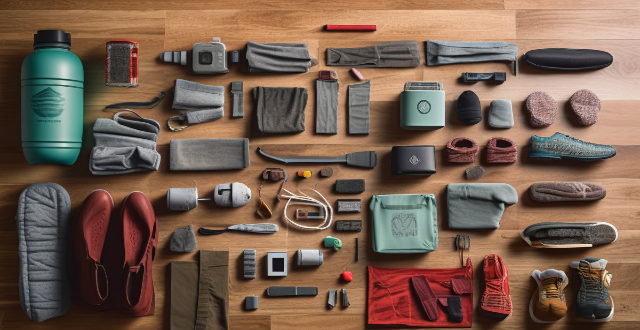
What are the best travel packing tips for a long trip ?
Packing for a long trip can be challenging, but with these tips, you'll be able to pack efficiently and strategically. Plan your outfits, pack lightweight clothing, choose versatile shoes, pack smart accessories, bring multipurpose toiletries, use packing cubes or compression sacks, and leave room for souvenirs. By following these tips, you'll have everything you need for your journey without overpacking or sacrificing style.
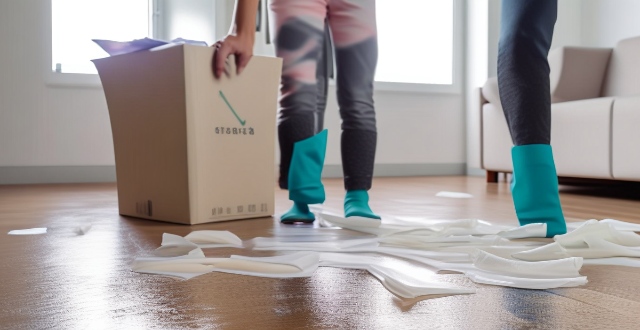
Are there any smart strategies for packing clothing to avoid wrinkles ?
Smart strategies for packing clothing to avoid wrinkles include rolling instead of folding, using tissue paper or dry cleaner's plastic to layer between items, packing heaviest items on bottom, utilizing every bit of space, hanging what you can, choosing wrinkle-resistant fabrics, and handling delicates with care. These tactics help minimize wrinkles in packed clothes, keeping your wardrobe looking crisp and fresh throughout your journey.
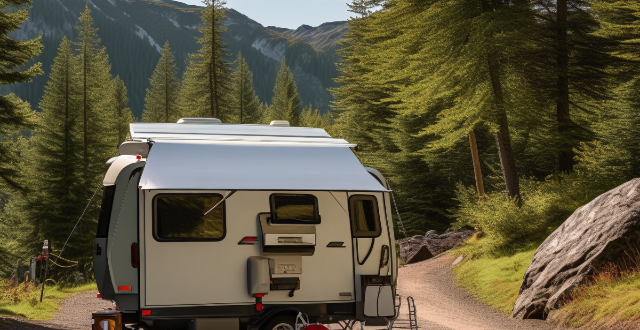
What are the best practices for packing light for a road trip adventure ?
Packing light for a road trip adventure is key to enjoying the journey without being weighed down by excess baggage. Best practices include planning outfits in advance, using packing cubes or compression sacks, rolling clothing instead of folding, sticking to a color scheme, opting for travel-size toiletries, wearing bulkiest items on the plane, and limiting accessories. By following these tips, you can ensure an enjoyable and stress-free road trip adventure.
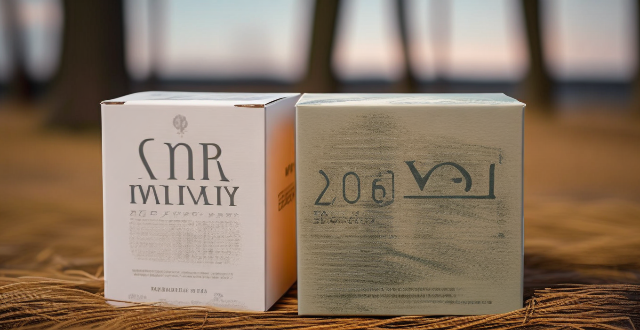
How do I pack efficiently for a weekend getaway ?
Efficient packing for a weekend getaway can be achieved by creating a list, choosing versatile clothing, rolling clothes instead of folding them, using packing cubes or compression sacks, minimizing toiletries and electronics, packing lightweight shoes, utilizing all available space, and considering carry-on luggage only. These strategies help maximize suitcase space while ensuring travelers have everything they need for a fun and relaxing trip.

What should I pack for a tropical island vacation ?
When packing for a tropical island vacation, it's important to bring essentials such as sunscreen, insect repellent, swimsuits, and comfortable clothing. You may also want to consider bringing optional items like evening attire, reading material, and snorkeling gear. Check the weather forecast before your trip and adjust your packing list accordingly. Don't forget your sense of adventure and relaxation!
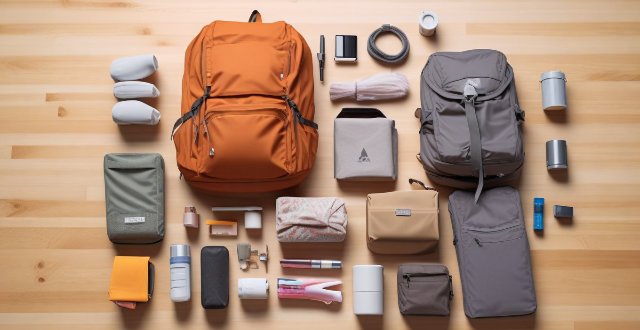
What are the must-have travel packing accessories for a comfortable trip ?
When planning for a trip, packing the right accessories is crucial to ensure comfort and convenience. Essential items include packing cubes, travel pillows, earplugs, portable chargers, water bottles, sunscreen, rain gear, versatile clothing, first aid kits, and compression bags. Each item serves a specific purpose, such as organization, neck support, noise reduction, device charging, hydration, sun protection, rain preparedness, space-saving in luggage, health care, and efficient use of suitcase space. Selecting these accessories based on individual trip needs can greatly enhance the traveling experience.
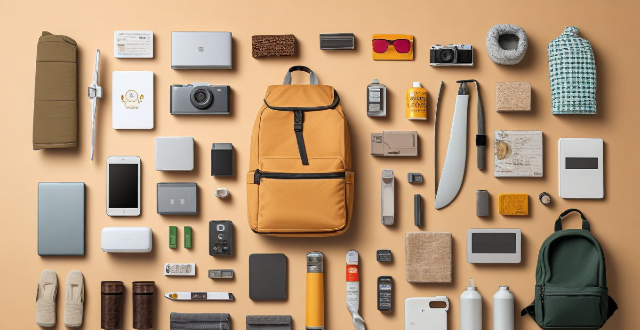
What should I pack for a week-long cruise trip ?
This guide provides a comprehensive list of essentials to bring on a week-long cruise trip, including personal care items, clothing and accessories, electronics and entertainment, miscellaneous items, and tips for efficient packing. It suggests packing travel-sized toiletries, necessary medications, comfortable casual wear, dressy attire for formal nights, swimwear, cover-ups, evening wear, suitable footwear, a camera or smartphone for capturing memories, chargers for electronic devices, books or an e-reader for relaxation, useful travel apps, sun protection items like sunglasses and hats, luggage locks for security, a daypack for shore excursions, a water bottle to stay hydrated, and important documents such as passports and IDs. The guide also includes tips for efficient packing like rolling clothes instead of folding them, using packing cubes or compression bags to keep items organized and separate, limiting shoes to versatile footwear that can be worn with multiple outfits, checking the weather forecast and packing accordingly, and considering laundry options either onboard or by washing items in the sink to reuse.

How do I pack my luggage to maximize organization and accessibility ?
Packing your luggage efficiently is key for a stress-free travel experience. Here are some tips on how to maximize organization and accessibility when packing your bags: 1. Choose the right luggage based on your trip type. 2. Use packing aids like cubes, compression sacks, and shoe bags to keep items tidy. 3. Roll clothes instead of folding them to save space and reduce wrinkles. 4. Fill dead space with small items like socks or electronic accessories. 5. Keep essentials in a separate bag for easy access during transit. 6. Follow the 'One Week Rule' to prevent overpacking. 7. Organize outfits together for quick grabbing. 8. Place heavy items at the bottom for balance. 9. Store liquids in a waterproof pouch. 10. Do a final check before leaving to ensure nothing is forgotten.

What are some tips for packing a balanced lunch box ?
When packing a lunch box, it's essential to include a variety of foods from different food groups to ensure a balanced meal. Here are some tips for packing a nutritious and satisfying lunch box: 1. Start with a protein source like lean meats, seafood, or plant-based proteins. 2. Include whole grains such as whole wheat bread, brown rice, or quinoa. 3. Add fruits and vegetables like fresh or dried fruits and crunchy vegetable sticks. 4. Incorporate dairy or non-dairy alternatives like yogurt, cheese, or almond milk. 5. Don't forget healthy fats from nuts, seeds, avocado, or olives. 6. Include snacks and desserts like trail mix, granola bars, or dark chocolate. 7. Stay hydrated with water, herbal tea, or coconut water. 8. Pack smart by using reusable containers, ice packs, and divided lunch boxes. By following these tips, you can create a lunch box that is not only delicious but also provides the necessary nutrients to keep you energized throughout the day.
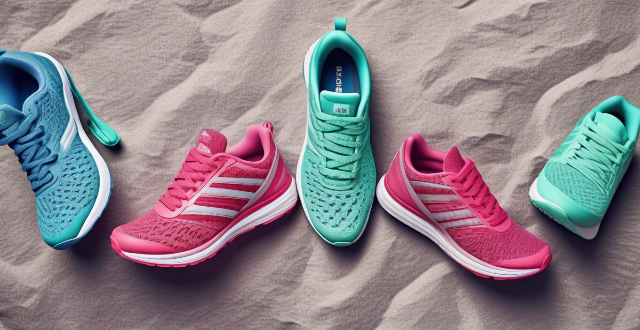
What are the best running shoes for beginners ?
Finding the best running shoes for beginners involves considering factors such as comfort and fit, traction and durability, weight and responsiveness, style and personal preference. Look for shoes with adequate cushioning, arch support, well-padded tongue and collar, durable outsole, sturdy midsole, breathable upper material, lightweight design, responsive cushioning, flexible sole, appealing color and design, reputable brand reputation, and reasonable price point. By taking these factors into account, you can find a pair of running shoes that will support your journey towards becoming a regular runner.

How do I choose the right shoes for marathon training ?
When it comes to marathon training, having the right pair of shoes is crucial. Not only do they provide comfort and support during long runs, but they also help prevent injuries and improve performance. Here are some key factors to consider when choosing the right shoes for marathon training: - Determine your foot type (flat feet, high arches, or neutral feet) and choose shoes accordingly. - Consider your gait (overpronation, supination, or neutral gait) and select shoes with appropriate features. - Choose the right type of shoe (trainers, racing flats, or trail shoes) based on your training needs. - Get the right fit by ensuring there is enough space in the toe box, the shoe feels snug but not constricting, and the heel fits securely without slipping. - Test before you buy by trying on shoes and considering different brands and models to find the perfect fit for your feet. - Don't skimp on quality by investing in a good quality pair of running shoes from reputable brands known for their durability and performance.
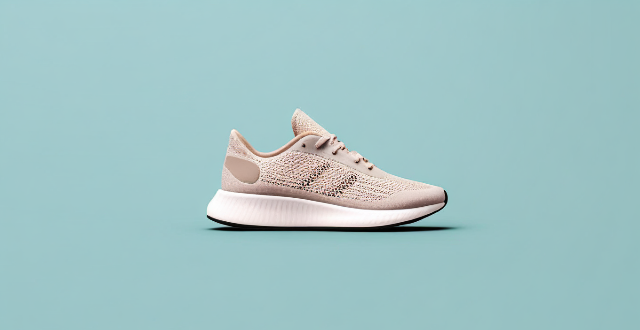
Can you recommend some stylish and comfortable running shoes ?
The text provides a topic summary for recommendations on stylish and comfortable running shoes. It lists five models: Nike Zoom Pegasus 36, Adidas Ultraboost 19, Brooks Ghost 12, Mizuno Wave Rider 22, and Hoka One One Clifton 7. Each model is described in terms of its design and comfort features. The Nike shoe has a modern design with responsive cushioning; the Adidas model offers a trendy look and soft ride; the Brooks shoe has an understated style with excellent cushioning; the Mizuno shoe has a unique wave plate design with balanced cushioning and support; and the Hoka One One shoe boasts minimalist design with maximal cushioning. Overall, these recommended running shoes cater to runners who prioritize both style and comfort.

What are the best strategies for packing for a quick weekend city escape ?
When planning a quick weekend city escape, it's important to pack efficiently and strategically. Here are some tips on how to do just that: 1. Plan Your Outfits in Advance: Consider the weather, activities, and events you have planned during your trip. Try to choose versatile pieces that can be mixed and matched to create different looks. Example outfit combinations include jeans, white t-shirt, leather jacket, comfortable shoes; dress, cardigan, flats, statement necklace; and leggings, tunic top, boots, scarf. By planning your outfits in advance, you'll be able to pack only what you need without having to worry about running out of clothes or bringing too much. 2. Stick to a Color Palette: Choose a few colors that work well together and stick to them throughout your wardrobe. This will allow you to mix and match pieces more easily and reduce the number of items you need to bring. Example color palette includes neutrals (black, white, gray) and pops of color (red, blue, green). By sticking to a color palette, you'll be able to pack less while still creating stylish outfits for your weekend getaway. 3. Pack Lightweight Layers: Bring layers so you can easily adjust your outfit as needed without having to carry around bulky coats or sweaters. Example layers include lightweight cardigan or denim jacket; scarf or pashmina; thin turtleneck or long-sleeved tee. By packing lightweight layers, you'll be prepared for any weather while still keeping your luggage light and manageable. 4. Don't Forget the Essentials: Make sure to include items such as underwear, socks, toiletries, medications, and any necessary travel documents. These items may take up space but are essential for a comfortable and stress-free trip. Example essentials include underwear and socks (enough for each day plus one extra); toiletries (toothbrush, toothpaste, shampoo, conditioner, body wash); medications (prescriptions and over-the-counter remedies); travel documents (passport, ID, boarding pass). By including these essentials in your packing list, you'll be prepared for any situation that may arise during your weekend getaway.
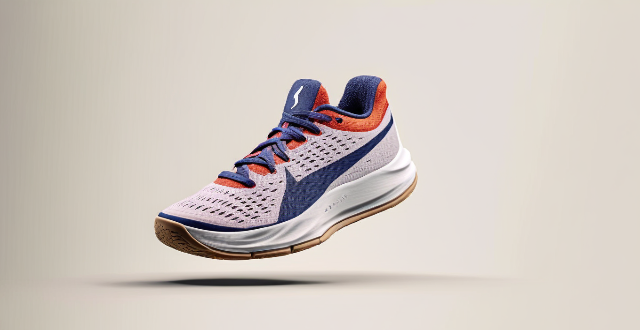
What are the best shoes for both style and performance in sports ?
The article discusses the best shoes for sports that offer both style and performance. It provides recommendations for running, basketball, and football shoes, considering factors such as comfort, support, durability, and aesthetics. The recommended shoes include Nike Air Zoom Pegasus 36, Adidas Ultraboost 21, Jordan 1 Retro High OG, Under Armour Curry 7, Nike Mercurial Vapor 13 Elite FG, and Adidas X Speedflow.1. These shoes are designed to provide optimal comfort and support while also offering stylish designs and color options.

How can I maintain a professional appearance while staying comfortable throughout the day ?
Maintaining a professional appearance while staying comfortable throughout the day is crucial in the workplace. Here are some tips: 1. Dress appropriately by choosing well-fitted clothes that are appropriate for your job and industry, avoiding overly casual or revealing clothing, and sticking to neutral colors like black, gray, navy, or beige. Pay attention to grooming by keeping your hair neat and tidy, making sure your facial hair is well-groomed if you choose to wear it, and applying deodorant and keeping your breath fresh with mints or gum. 2. Invest in quality footwear by wearing comfortable shoes that are supportive, such as loafers or low heels, avoiding high heels or shoes that pinch your toes, and breaking in new shoes gradually by wearing them around the house before wearing them to work. Take care of your feet by wearing socks or stockings that wick away moisture and prevent blisters, using shoe inserts or insoles for extra cushioning and support, and giving your feet a break by taking off your shoes during lunch breaks or when you're at your desk. 3. Stay hydrated and nourished by drinking plenty of water and bringing a water bottle to work to refill it throughout the day, avoiding sugary drinks and caffeine which can dehydrate you. Snack smartly by packing healthy snacks like fruits, nuts, or granola bars to avoid midday cravings for unhealthy foods, and eating small meals throughout the day instead of three large ones to maintain energy levels. 4. Take breaks and stretch by getting up from your desk every hour or so and taking a short walk or stretch, using your lunch break to go for a walk outside or do some light exercise. Practice good posture by sitting up straight with your feet flat on the floor and your shoulders relaxed, using a chair with good back support and adjusting the height if necessary, and taking breaks from staring at a computer screen by looking away for a few seconds every 20 minutes.

How can I avoid overpacking when traveling by air ?
Overpacking is a common problem when traveling by air, but it can be avoided with careful planning and organization. To avoid overpacking, make a packing list, choose versatile clothing, pack layers, roll your clothes instead of folding them, use compression bags or packing cubes, bring only necessary toiletries, wear your bulkiest items on the plane, check the weather forecast before packing, and be realistic about what you'll actually wear. By following these tips, you can enjoy a stress-free trip without having to worry about lugging around too much stuff.
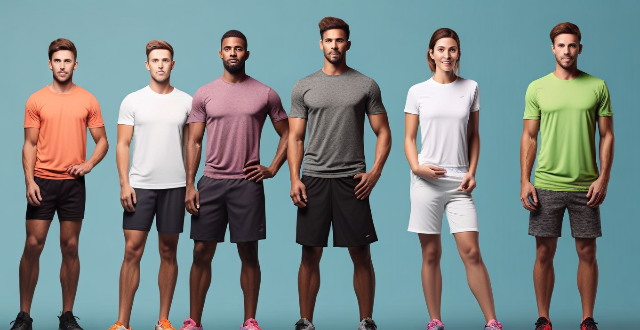
Can you recommend any affordable but high-quality sports equipment ?
Affordable and high-quality sports equipment recommendations including Nike Metcon shoes, Adidas Tempo 9 shorts, Under Armour t-shirt, Reebok Nano X1 shoes, and Bowflex SelectTech dumbbells.

How can I safely transport large or fragile second-hand items ?
The article provides a detailed guide on how to safely transport large or fragile second-hand items. It starts by listing the necessary packing materials and then moves on to assessing the item for pre-existing damage. The article emphasizes the importance of disassembling larger items, proper packing techniques for both fragile and large items, and loading the vehicle carefully. It also includes tips for safe driving during transit and careful unloading. The article concludes with a recommendation to consult professional movers when unsure about handling such items.

What is the ideal way to pack fragile items for a journey ?
Packing fragile items for a journey can be a daunting task, but with the right approach, you can ensure that your precious belongings arrive at their destination safely. Here are some tips on how to pack fragile items ideally: 1. Use proper packing materials such as bubble wrap, packing paper, foam peanuts, and anti-static polyethylene bags. 2. Wrap each item individually to reduce the risk of damage during transit. 3. Use boxes of appropriate size to accommodate the item without too much extra space or pressure. 4. Label boxes appropriately with clear, legible writing to indicate that the box contains fragile items and which direction is up.
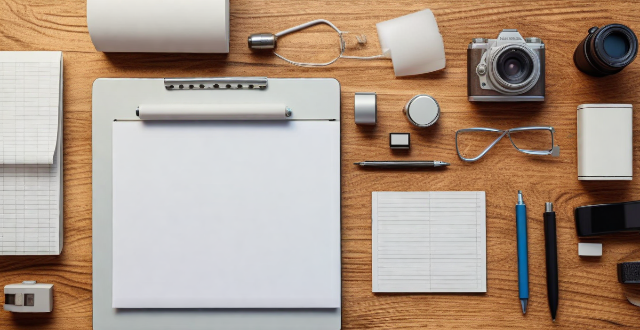
What are the best ways to organize my travel documents and important papers ?
Organize travel documents and important papers by creating a dedicated folder, using clear plastic sleeves for protection, keeping copies of essential documents, storing digital copies securely, maintaining a checklist, safeguarding documents in a secure wallet or pouch, staying organized while traveling with a day planner and expense tracker, and packing luggage neatly with packing cubes or compression sacks.

What should I pack for a cultural exploration journey ?
When embarking on a cultural exploration journey, itWhen embarking on a cultural exploration journey, it that will enhance your experience and it is important to pack items that will enhance your experience and ensure your comfort throughout the trip. Essential items include comfortable walking shoes, lightweight clothing, culturally appropriate attire, camera, portable charger, travel adapter, sunscreen, insect repellent, basic toiletries, reusable water bottle, daypack, and travel journal. Research the specific needs and customs of the culture you will be visiting to tailor your packing list accordingly.
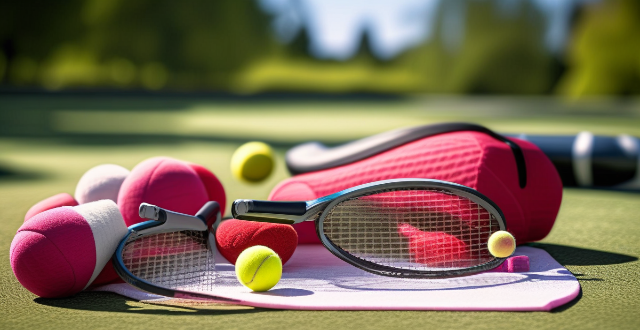
What equipment do I need to bring to a tennis training camp ?
Attending a tennis training camp requires essential tennis gear, protective accessories, and personal items. Pack primary and spare racquets, practice and new balls, athletic clothing, tennis shoes, sun protection, and water bottles. Consider ankle braces, knee supports, and elbow bands for injury prevention. Don't forget casual clothes, toiletries, a backpack, reading material, and devices with chargers for off-court activities. Check with the camp organizers for specific requirements to ensure a complete packing list.

Is there a checklist for what to pack for different types of vacations (beach, mountain, city) ?
This is a checklist for packing for different types of vacations. The list includes essentials, clothing, toiletries, and miscellaneous items that are necessary for each type of vacation. For a beach vacation, the essentials include a swimsuit, sunscreen, sunglasses, hat or cap, and beach towel. Lightweight clothing such as shorts, t-shirts, and dresses are recommended along with flip flops or sandals. Toiletries include shampoo and conditioner, body wash, toothbrush and toothpaste, and deodorant. Miscellaneous items include books or magazines, a portable charger for electronics, a water bottle, and snacks for the beach. For a mountain vacation, the essentials include hiking boots or sturdy shoes, a warm jacket or coat, a hat or beanie, and gloves if necessary. Warm layers such as sweaters, fleeces, and long underwear are recommended along with a waterproof outer layer if necessary. Socks made of wool or synthetic blend are also recommended. Toiletries include shampoo and conditioner, body wash, toothbrush and toothpaste, and deodorant. Miscellaneous items include a backpack with a water reservoir or hydration pack, a headlamp or flashlight, a map or navigation tools, and a first aid kit. For a city vacation, the essentials include comfortable walking shoes, a lightweight jacket or coat, a hat or cap, and a crossbody bag or backpack for carrying essentials. A mix of casual and dressy outfits depending on planned activities is recommended along with lightweight layers for variable weather. Dress shoes or nice sandals for dinners or events are also recommended. Toiletries include shampoo and conditioner, body wash, toothbrush and toothpaste, and deodorant. Miscellaneous items include a phone or camera for taking photos, a portable charger for electronics, a guidebook or map of the city, and cash or credit card for shopping and dining out.